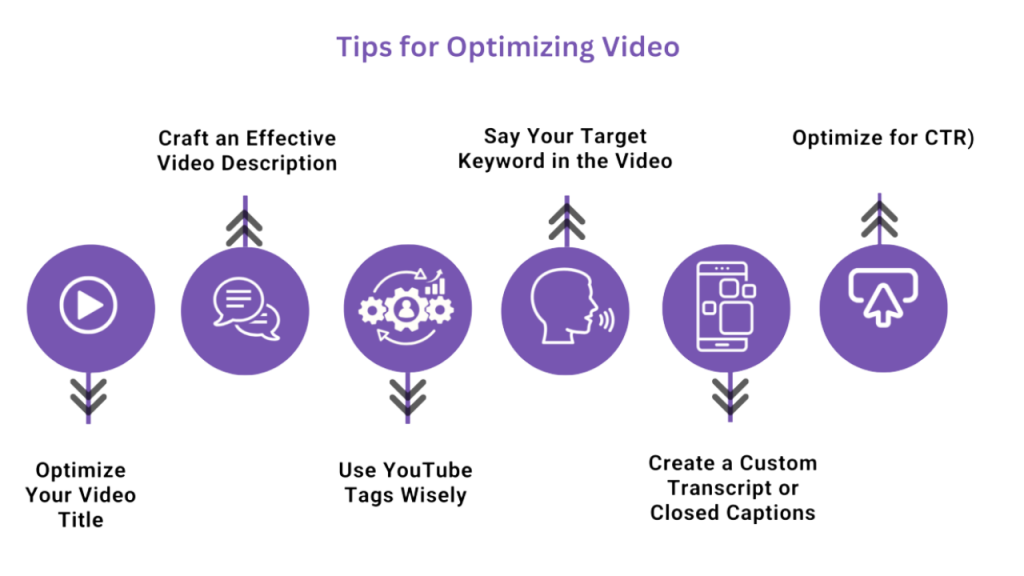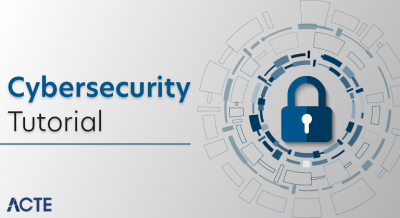
- Introduction: Why YouTube SEO Matters
- Understanding How YouTube SEO Works
- Keyword Research for YouTube
- Optimize Your Video Title
- Crafting an Effective Video Description
- Using Tags Wisely
- Create Custom Thumbnails
- Encourage Engagement: Likes, Comments and Shares
- Use Closed Captions and Transcripts
- Focus on Watch Time and Audience Retention
- Promote Your Videos Outside YouTube
- Conclusion: Consistency and Patience are Key
Introduction: Why YouTube SEO Matters
YouTube is the world’s second-largest search engine and the second most visited website globally. Every day, billions of videos are watched, and competition to get noticed is fierce. YouTube SEO (Search Engine Optimization) is the process of optimizing your videos and channel so that they rank higher in YouTube search results and suggested videos, helping you reach more viewers organically a growth strategy championed by Digital Marketing Training, who emphasize long-tail keyword targeting, metadata optimization, and audience retention techniques to boost visibility, improve engagement, and align with YouTube’s evolving algorithmic preferences. Without SEO, your amazing videos might get lost in the crowd. Implementing the right SEO strategies is essential for growing your audience and increasing views, subscribers, and engagement.
Ready to Get Certified in Digital Marketing? Explore the Program Now Digital Marketing Online Training Offered By ACTE Right Now!
Understanding How YouTube SEO Works
YouTube SEO requires a careful approach that shares basic principles with traditional Google search optimization but also uses specific strategies for the platform. The algorithm looks at several key factors to decide how visible content is. These factors include relevance, engagement metrics, and overall video quality key performance indicators explored in Content Distribution, where marketers learn how to optimize video strategy through audience behavior insights, platform-specific analytics, and quality benchmarks like watch time, completion rate, and engagement rate to maximize reach and impact across digital channels. Creators should optimize their content by using catchy titles, clear tags, and attractive thumbnails. They also need to encourage viewer interaction through likes, comments and shares. Importantly, watch time is a key signal for ranking. This highlights the need to create high-quality videos that have good visuals and sound to keep the audience’s attention. By understanding YouTube’s complex ranking algorithm, content creators can boost their visibility and reach. This transforms their videos from simple uploads into valuable digital assets that connect with viewers and fit well within the platform’s recommendation system.
Keyword Research for YouTube
Just like Google SEO, keywords are the foundation of YouTube SEO. Here’s how to find the right keywords:
- Use YouTube Search Suggest: Start typing your topic in the search bar and note the autocomplete suggestions.
- Check Competitors: Look at top videos in your niche to see what keywords they use.
- Tools: Use tools like TubeBuddy, VidIQ, or Google Trends to find high-traffic keywords.
- Long-Tail Keywords: Focus on specific phrases with less competition but targeted intent.
Integrate these keywords naturally in your title, description, and tags.
To Explore Digital Marketing in Depth, Check Out Our Comprehensive Digital Marketing Online Training To Gain Insights From Our Experts!
Optimize Your Video Title
Your video title is the first thing viewers see and a critical SEO factor. Tips for effective titles: use high-value keywords, front-load the most relevant terms, keep it under 60 characters, and spark curiosity best practices emphasized in Big Brands Transforming Experience, where marketers learn how compelling titles drive clicks, improve rankings, and align with viewer intent across platforms like YouTube and Instagram.
- Include your primary keyword near the beginning
- Keep titles concise but descriptive (around 60 characters)
- Make it catchy and engaging but accurate to the content
- Avoid clickbait YouTube’s algorithm can penalize misleading titles
Example: Instead of “Best Workout,” try “30-Minute Full Body Workout for Beginners.”
Crafting an Effective Video Description
Crafting an effective YouTube video description is important for improving content visibility and viewer engagement. By naturally using relevant keywords in the first few sentences, creators can help YouTube’s algorithm understand their video’s context while attracting potential viewers. A good description should summarize the video content clearly, giving viewers a preview of what to expect. To increase audience interaction, creators should add links to related videos, personal websites, or social media channels, and include timestamps for longer videos to help with navigation.

Additionally, including a strong call-to-action that encourages viewers to like, subscribe, or comment can greatly boost channel growth and audience participation. YouTube allows descriptions of up to 5,000 characters, giving content creators plenty of room to optimize their video’s discoverability and provide valuable context, making the most of this often-overlooked space.
Looking to Digital Marketing Training? Discover the Digital Marketing Expert Masters Program Training Course Available at ACTE Now!
Using Tags Wisely
YouTube tags are important for helping people find your content. They connect your video with related topics. Although the importance of tags has decreased a bit over time, choosing the right ones can still boost your video’s visibility. To create a good tagging strategy, use a mix of general and specific tags a balanced approach recommended by Digital Marketing Training, who emphasize that combining broad visibility tags with niche identifiers improves discoverability, enables precise audience targeting, and enhances campaign tracking across platforms and content types. Be sure to include main keywords and their variations. To reach more viewers, think about adding common misspellings or relevant synonyms. However, don’t fill your video with tags that aren’t relevant. The goal is to keep your tags accurate and relevant. This helps YouTube’s algorithm understand your content and recommend it to potential viewers.
Create Custom Thumbnails
Thumbnails act like mini posters for your videos and heavily influence click-through rates.
- Use high-resolution images (1280×720 pixels)
- Include bold, readable text that complements your title
- Use contrasting colors and compelling visuals
- Make sure the thumbnail accurately reflects your video content
- Avoid clickbait thumbnails that disappoint viewers
Preparing for Digital Marketing Job Interviews? Have a Look at Our Blog on Digital Marketing Interview Questions and Answers To Ace Your Interview!
Encourage Engagement: Likes, Comments and Shares
YouTube values videos that get viewer interaction.
- Ask viewers questions in your videos or description to encourage comments
- Respond to comments to build community
- Remind viewers to like, share, and subscribe
- Run contests or giveaways to boost engagement
- Collaborate with other creators for exposure
Use Closed Captions and Transcripts
Improving your YouTube content means more than just making great videos, it requires smart optimization techniques that make your content accessible, engage viewers, and boost your channel’s performance. Adding captions makes your videos more inclusive for viewers with hearing impairments. It also enhances SEO and improves the viewer experience, especially in places where audio is difficult to hear. While YouTube has auto-generated captions, editing them by hand ensures they are accurate and look professional an optimization tactic aligned with Local SEO Tips To Rule Google Maps, where businesses learn how multimedia enhancements like captions, location pages, and geo-tagged content contribute to higher visibility, better accessibility, and stronger engagement across local search results. Uploading full transcripts helps the platform better understand the context of your content, which could improve your search rankings. To keep viewers watching, use features like playlists that organize related videos for easy binge-watching. Interactive cards can link to other content, providing a more engaging experience. End screens can encourage subscriptions and point viewers to more relevant videos or outside sites, helping to keep your audience engaged with your channel.
Focus on Watch Time and Audience Retention
YouTube’s algorithm favors videos that keep viewers watching longer.
- Hook viewers in the first 10–15 seconds
- Keep videos engaging with storytelling or value
- Use editing techniques to maintain pace
- Avoid long intros or irrelevant content
- Analyze retention reports to identify drop-off points and improve

Promote Your Videos Outside YouTube
To maximize the impact of your YouTube content, you need to reach beyond the platform’s internal search. Share your videos on social media, embed them in blog posts and on websites, and send them to your email list. Get involved in online communities and forums, and think about collaborating with influencers to expand your audience. It is also important to use YouTube Analytics for ongoing improvement a data-driven habit emphasized in Digital Marketing Certification Process, where learners gain hands-on experience with performance metrics, viewer behavior insights, and optimization techniques that help refine content strategy, boost engagement, and grow channels through continuous feedback loops. Regularly check traffic sources, track audience demographics, and look at engagement metrics like likes, comments and shares. Focus on watch time and retention rates to identify your content’s strengths and weaknesses. By consistently reviewing and updating your strategy based on these insights, you can refine your approach and improve your YouTube channel’s performance and audience engagement.
Conclusion
YouTube SEO is not a quick fix. It’s an ongoing journey that requires dedication. Achieving success on this platform takes time and effort. You need to understand that results will not come instantly. However, if you consistently follow effective SEO tips and prioritize high-quality, engaging content, you’ll see your channel grow organically over time an outcome championed by Digital Marketing Training, who emphasize long-tail keyword targeting, audience retention strategies, and channel-wide optimization to help creators rank higher, boost visibility, and build sustainable engagement across platforms like YouTube. Building a successful YouTube presence relies on your commitment to learning and adjusting. Continuously try different strategies and formats to find what resonates best with your audience. Pay attention to their feedback and engage with them through comments and community posts. This interaction helps you understand their preferences and improve your content. Remember, patience is important. It will take time for your hard work to pay off. But with each video you post and every piece of content you create, you’ll be closer to establishing a thriving YouTube channel that attracts more viewers. Focus on delivering value and staying consistent in your efforts, and soon enough, you’ll see the rewards.




